Fat bloom is caused by a change in the crystalline form of the fat contained in the product, which initially results in a change in gloss on the surface and, as the fat accumulates on the surface, a white to greyish coating. Fat bloom is one of the main reasons for complaints in the chocolate industry.
There are two main reasons for the appearance of fat bloom. The first cause is also known as "sweating out cocoa butter". The cocoa butter is finely distributed in the chocolate, but is only stable in this form within a certain temperature range. If this temperature is exceeded, the fat slowly migrates to the surface. Incorrect tempering of the chocolate during the manufacturing process or incorrect storage can significantly increase the formation of fat bloom.
The problem can also occur if the chocolate or praline contains fillings with a high fat content (e.g. hazelnuts, nougat, cream fillings or marzipan). The oils and fats migrate from the filling, through the chocolate, to its surface. This is also the reason why such chocolate products are particularly susceptible to fat bloom. In addition to the type of filling, the speed of fat migration also depends on the ambient temperature and the type of chocolate.
The small fat crystals melt when heated to 35-36 °C and the coating disappears. However, it forms again when the chocolate cools down. The light coating has no effect on the odour and taste.

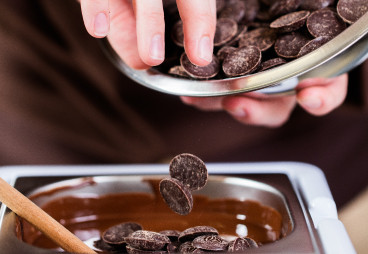
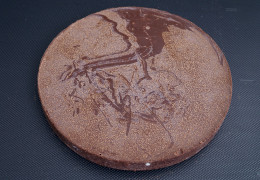











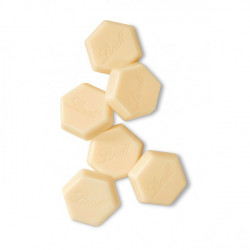

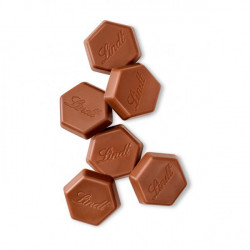

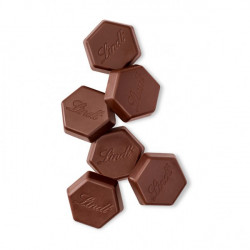

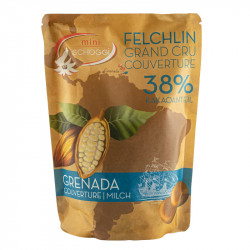
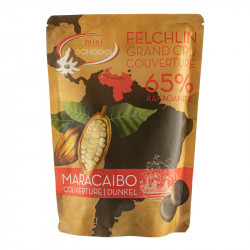
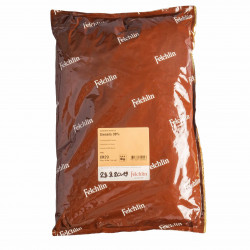
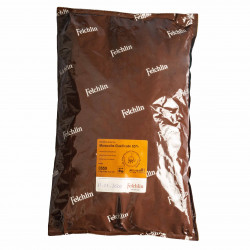
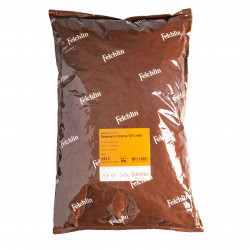
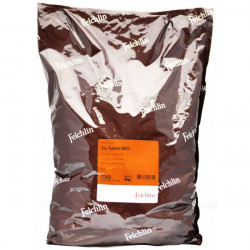



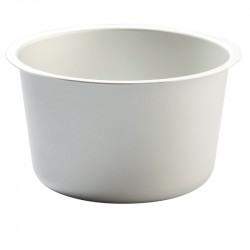

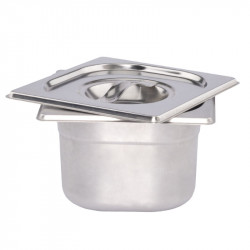
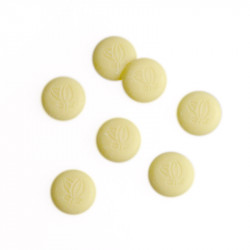
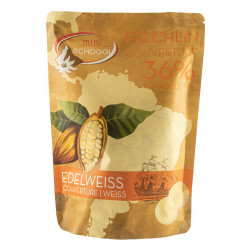
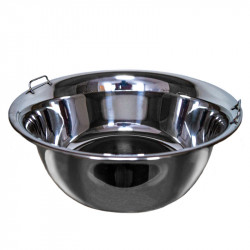
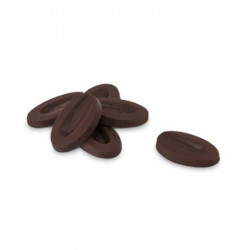

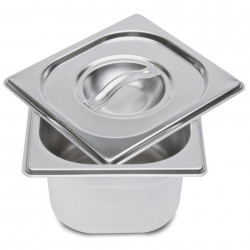
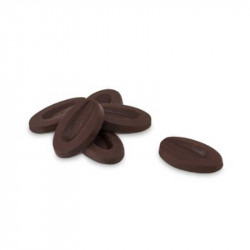
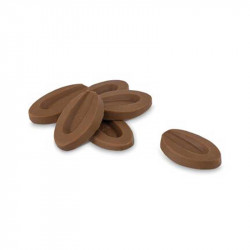
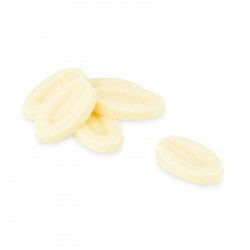
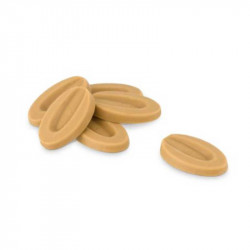
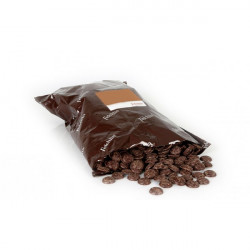

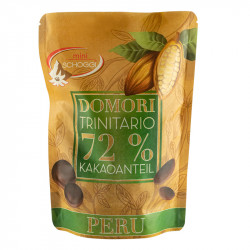
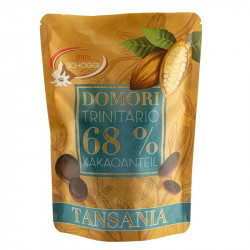


Leave a comment